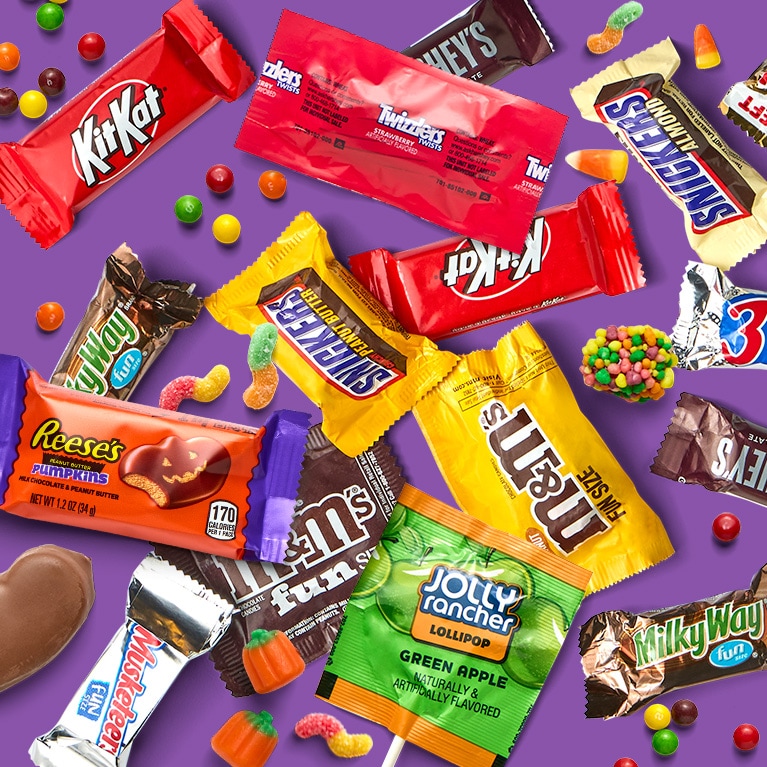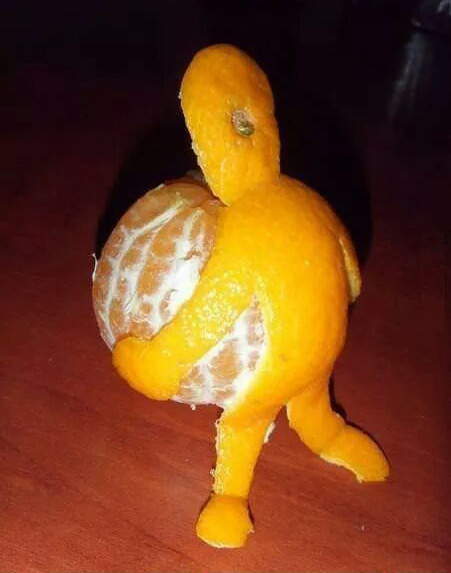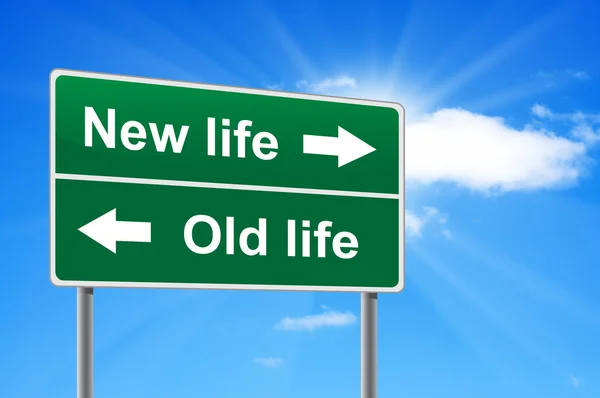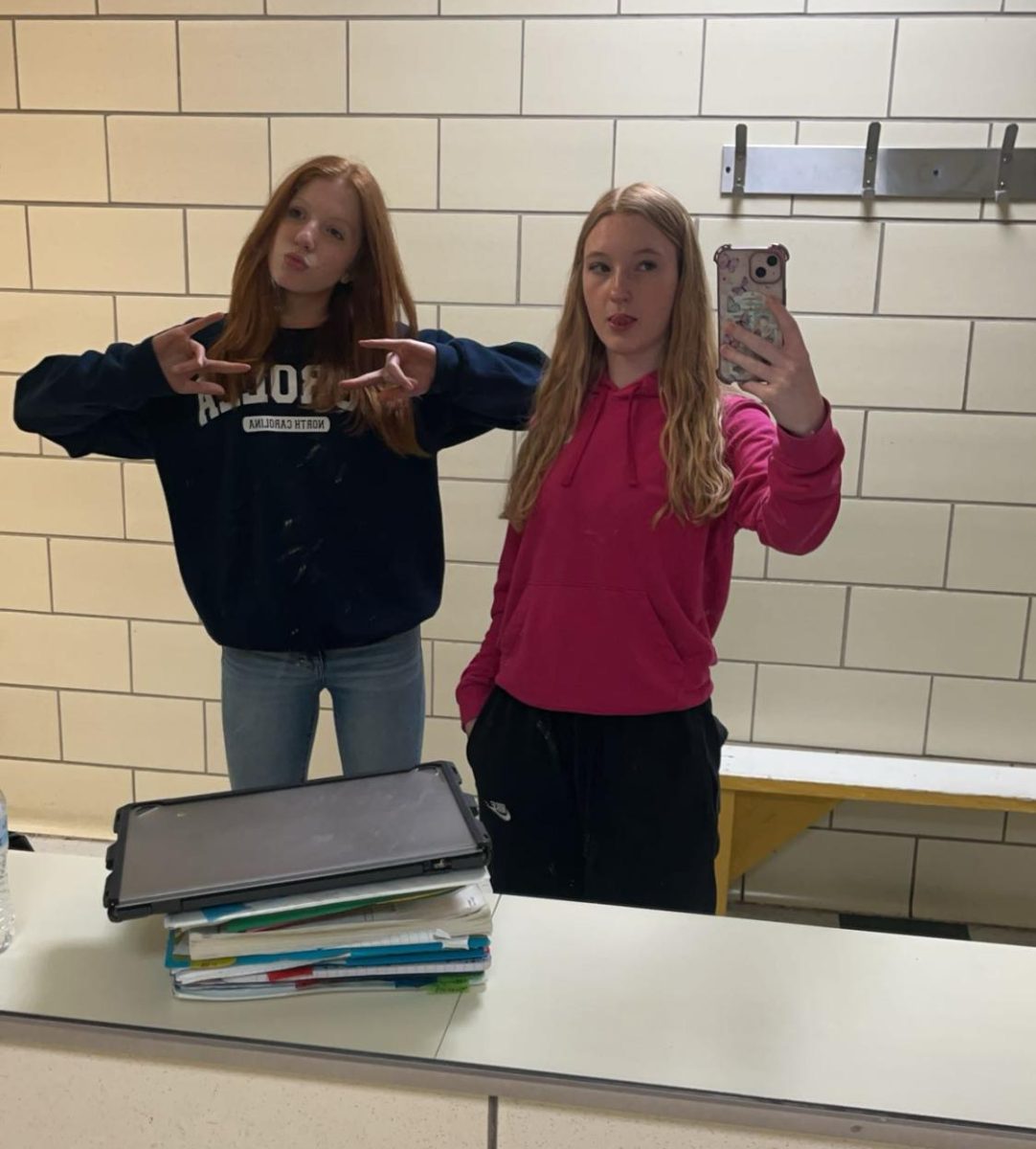Her name is Vivian. She is a tall, blonde new feature model. But she has the worst flaw–she’s not real!
In this past August’s issue of Vogue, AI-generated Vivian was featured in a two-page spread advertising Guess, a popular contemporary apparel brand. Vogue used an AI model because it is faster and more efficient–traditional shoots require more time and bigger budgets.
Vivian’s creator is Seraphine Velora, a London-based AI marketing agency. These AI models stir controversies centered on job displacement, ethical concerns such as a lack of transparency, and unrealistic beauty standards.
“Why would Vogue use AI models like Vivian in some issues when real people have been successful since 1892?” East freshman Ember Huffman said.
“I think Vogue did this because they are looking for the perfect body to showcase their designs,” Huffman said. She feels that AI art will eventually replace human creativity “because they can do things that people can not. People also rely on AI for almost everything.” Huffman believes the new features that AI has collected are scary because “they can fabricate actions and replicate basically everything.”
Junior Hannah Brooks feels that AI will overtake real models, causing unemployment and slow cash flow. Vogue will definitely continue to use AI, according to Brooks, “because they would not have to pay these AI models, and they would also get articles published more quickly.”
Many people disliked Vogue’s choice to use Vivian. The backlash was swift and fierce. According to Forbes.com, “Within hours of the issue’s release, social feeds lit up. Long-time Vogue subscribers announced cancellation; digital forums teemed with the disbelief and outrage of readers who felt somehow duped by this method of image creation.”
Even Vivian, the prettiest of pretty, is flawed, because people seem to prefer real beauty. Using an AI model seems to be a big risk for a high-end magazine company like Vogue.
What do you think of AI models? Leave a comment below!













